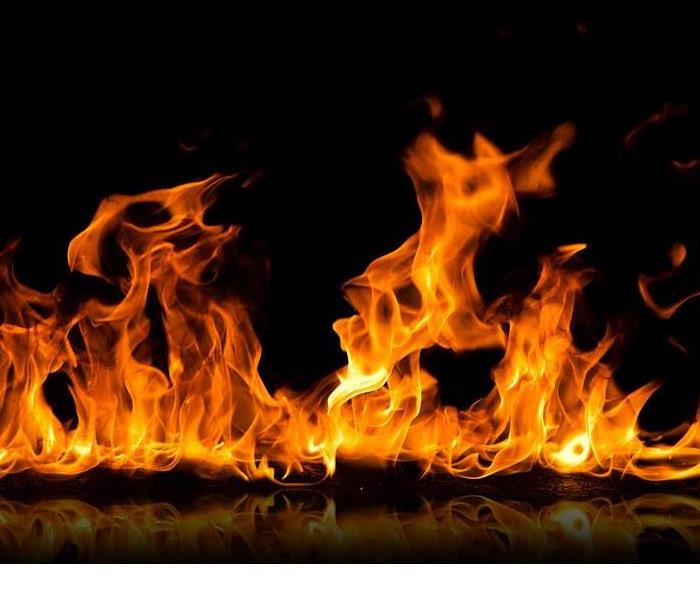Burn Awareness Week is February 5-11
1/31/2017 (Permalink)
 Fire, liquids, ands steam can all burn the same and the results can be devastating. Know how to stay safe.
Fire, liquids, ands steam can all burn the same and the results can be devastating. Know how to stay safe.
National Burn Awareness Week 2017
FACT SHEET
Burn injuries continue to be one of the leading causes of accidental death and injury in
the United States.
Between 2010 and 2014, approximately 486,000 people were seen in Emergency
Departments for treatment of non-fatal burn injuries.
In 2014 alone, there were 3,275 deaths from fires, which includes 2,795 deaths from
residential fires, 345 from vehicle crash fires, and 135 from other sources.
One civilian fire death occurs every 2 hours and 41 minutes.
The odds of a U.S. resident dying from exposure to fire, flames or smoke are 1 in 1442.
The primary causes of injury include fire-flame, scalds, electrical and chemicals.
Men are more likely to be burned than women (68% males and 32% females were seen
at a burn unit).
Most of the injuries occur in the home (73%) followed by work (8%).
Tragically, children, the elderly, and the disabled are especially vulnerable to burn injuries,
and almost one- third of all burn injuries occur in children under the age of 15.
Children under five are 2.4 times as likely as the general population to suffer burn injuries
that require emergency medical treatment.
Young adults ages 20-29 have a probability of burn injury that is roughly 1.5 times the risk
of the general population.
Today, 96.8% of those who suffer burn injuries will survive. Unfortunately, many of those
survivors will sustain serious scarring, life-long physical disabilities, and adjustment
difficulties.
Sources: 1. National Hospital Ambulatory Medical Care Survey: 2011 Emergency Department Summary Tables, Table 11 (accessed
at http://www.cdc.gov/nchs/data/ahcd/nhamcs_emergency/2011_ed_web_tables.pdf on June 2, 2016) and NEISS All Injury
Program operated by the Consumer Product Safety Commission for numbers of injuries. Bureau of Census for population estimates
(accessed at http://webappa.cdc.gov/sasweb/ncipc/nfirates2001.html on June 7, 2016). 2. National Fire Protection Association:
Fire Loss in the U.S. during 2014 (accessed on 2/8/16, at http://www.nfpa.org/research/reports-and-statistics/fires-in-theus/
overall-fire-problem/fire-loss-in-the-united-states). National Safety Council Injury Facts Sheet 2015 (accessed 2/8/16, at
http://www.nsc.org/learn/safety-knowledge/Pages/injury-facts-odds-of-dying.aspx). 3. National Inpatient Sample (HCUP-NIS:
2010 data); National Hospital Discharge Survey (2013 data); recent 100% hospitalization data from several states. 4. ABA National
Burn Repository 2015





 24/7 Emergency Service
24/7 Emergency Service